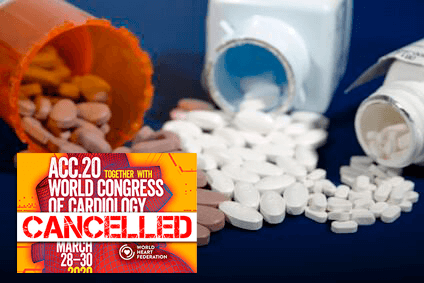According to this new study presented virtually at the suspended American College of Cardiology (ACC) 2020 Scientific Session and published simultaneously in the New England Journal of Medicine (NEJM), rivaroxaban is more effective than enoxaparin in preventing venous thromboembolism during a period of immobilization after nonmajor orthopedic surgery of a lower limb.

After an orthopedic surgery, there is a transitory period of reduced mobility during which the risk of deep vein thrombosis must be prevented; so far, enoxaparin was the best option for this. The efficacy of that drug is undisputed, but its uncomfortable administration, particularly for patients on bedrest at their homes, made us continuously seek for an option that was at least noninferior.
This international double-blind, parallel-group, noninferiority study randomized patients undergoing nonmajor orthopedic surgery of a lower limb to rivaroxaban or enoxaparin.
The efficacy endpoint was a composite of symptomatic distal or proximal deep vein thrombosis, pulmonary embolism or thrombosis-related death during the treatment period, or asymptomatic deep vein thrombosis. Researchers planned to test for superiority if rivaroxaban turned out to be noninferior.
The safety endpoint included major bleeding (fatal, critical, clinically evident bleeding, or surgical bleeding requiring a reintervention) and nonmajor clinically relevant bleeding.
The study enrolled 3604 patients; the primary endpoint rate was 0.2% for rivaroxaban vs. 1.1% for enoxaparin (p < 0.001 for noninferiority and p = 0.01 for superiority).
The rates for major bleeding were practically identical: 1.1% vs. 1%, respectively.
Read also: Virtual ACC 2020 | TWILIGHT-DM: Ticagrelor Monotherapy in Diabetic Patients.
This study represents a new landmark in the history of prevention against deep vein thrombosis, with a drug that is both much more comfortable for patients as regards the route of administration and more effective, without compromising its safety.
pronomosOriginal Title: Rivaroxaban or Enoxaparin in Nonmajor Orthopedic Surgery.
Reference: C. Marc Samama et al. New England Journal of Medicine 2020, online before print y presentado simultáneamente en el ACC 2020.
Subscribe to our weekly newsletter
Get the latest scientific articles on interventional cardiology
We are interested in your opinion. Please, leave your comments, thoughts, questions, etc., below. They will be most welcome.





